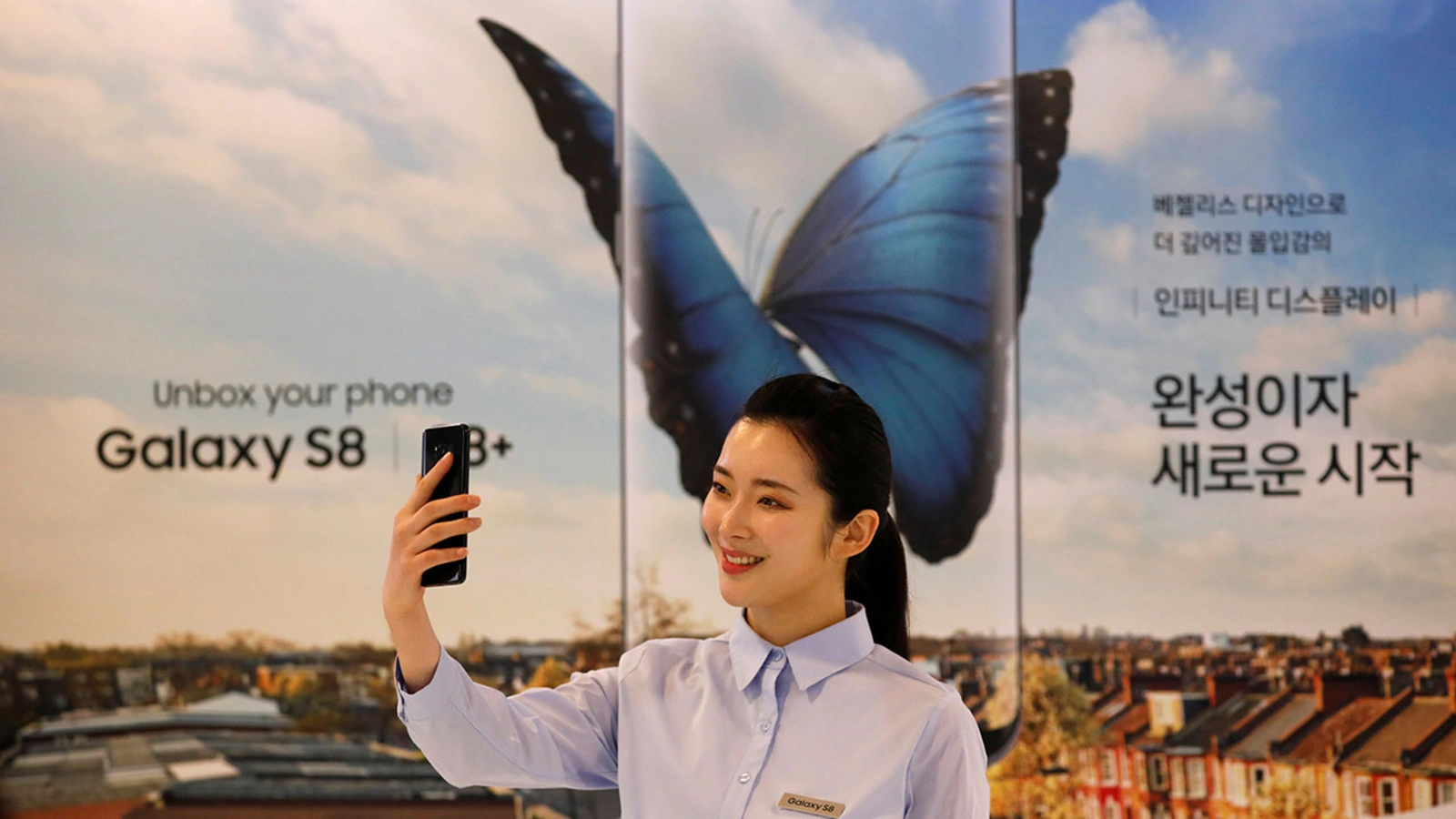By Mariam Karagianni,
Well over a decade after the world galloped to the iconic song “Gangnam Style,” very few have stopped to ask what Gangnam actually stands for: an opulent district of Seoul built on wealth, status, and the prominent yet quiet rule of chaebols from behind the scenes. South Korea is truly an economic and technological miracle that rose from ashes to become a leader of futurism. As of 2025, it holds the 12th position worldwide (and 4th in Asia) among the strongest economies, boasts an impressive array of industrial and infrastructural achievements, and exerts a thriving cultural impact globally, with the K-Pop and K-Drama industries bringing in billions yearly. However, behind this much-lauded transformation of the bright neon skylines and formidable skyscrapers lies a less glorious truth, fueled by corruption, greed, and even death.
In truth, South Korea was never supposed to be an affluent country. It has very limited natural resources and little arable land. Especially after the 1950s wars, which left the peninsula exhausted and torn apart, it had one of the poorest economies in the world. However, the nation’s first president, Syngman Rhee, funneled international aid to a select group of business owners who, due to limited credibility, couldn’t do it on their own. While this was mostly done to consolidate his own political power by asking for favors—and not so much to boost the market—Park Chung-Hee, the military dictator who overthrew the president in 1961, made good use of them. Assigning each a different industry, he strategically planned to increase exports and minimize imports in tech, finance, and manufacturing. From 1960, when South Korea’s GDP was a measly 4 billion dollars, he managed to skyrocket the number to 70 billion in just 19 years. This phenomenon was called the Miracle on the Han River. And those business-owning families are called chaebols; chae meaning wealth, and bol meaning clan.

If you think you’ve never heard of a chaebol, think again. The most famous of them are Samsung, LG, and Hyundai. Notably, all of those conglomerates make up about 61% of South Korea’s GDP as of 2024, and Samsung alone accounts for 23% of it. They have been celebrated for decades as the pivotal driver of the economy, despite the evident risks of a country’s finances depending on a handful of companies that could collapse one day (see: the 1997 Asian financial crisis). However, all this concentrated wealth breeds concentrated power and gradually creates a system that resembles a feudal society more than a modern capitalistic one. They wield outstanding influence over politics, media, the economy, law, and every other aspect of a South Korean citizen’s daily life. Their number of scandals—for embezzlement, bribery, and labor-law violations—is not few, but enjoying their comfortable relationship with the government, their penalties are not harsh—if ever imposed.
There’s no finer example of chaebol privilege and the display of absurd power than the infamous “Nut Rage Incident” in 2014. Heather Cho, who was the Vice President of Korean Air and the daughter of its CEO, was served macadamia nuts in a closed bag instead of on a plate, on a flight from JFK to Seoul. She complained about it to the flight attendant and the cabin crew chief, who was forced to kneel before her and ask for her forgiveness. Then, she ordered the plane to return to its gate, and while the chief was fired on the spot, she delayed the flight for about 200 passengers.
While for some in the West this might seem comical, for Koreans it was just another reminder of chaebol arrogance and entitlement—and of course, controversy broke out. Cho was prosecuted and given a one-year sentence in 2015, guilty of changing the flight plan—an offense which notably carries up to 10 years in prison. Unsurprisingly, later in the year, she was found innocent and after a suspension of 2 years, she was released, having served just 5 months. This incident underscored how a handful of families stand above the law and, notwithstanding the egregiousness of their actions, are just never held accountable.

Perhaps the most heartbreaking incident was the sinking of the Sewol ferry, also in 2014. This tragedy was more than a tantrum fit by a spoiled chaebol or yet another case of tax evasion; it scarred the public of South Korea, and generations—in a country where birth rates are alarmingly low—were wiped out. A ferry boat headed towards Jeju City sank, with 304 passengers—most of them students from nearby villages—finding their tragic death. Initially, the captain and the ferry’s crew were blamed for negligence, but as investigations went on, it became clear that there was more to the story. The ship had been overloaded. As a matter of fact, it had glaring safety problems, as it had been illegally modified to carry more cargo; of course, more cargo translates to more money.
Yoo Byung-Eun, the de facto owner of the ferry’s company through a web of complicated cross-shareholdings, ultimately took the fall. It was said that the coast guard officials were generously bribed to ignore the ship’s problems, which passed examination with mere estimations of how safe it was. A major factor in its excessive weight was the addition of a marble artwork gallery on board. Yoo had it added to display his own works, you see. After an enormous manhunt, Yoo was found dead, so he could obviously face no prosecution. The government turned a blind eye to other chaebols involved in this tragedy, and protests prolonged for weeks as the nation demanded justice to be fully served.
In a country where technological innovation and global influence are championed, the exploitation behind it is easily overlooked. The voice of the victims is often silenced or briskly hidden behind this shiny façade of progress. The tragedy of the Sewol ferry is symbolic of what happens in a society where one man’s greed is prioritized over human lives. The Miracle on the Han River is often cited as the world’s greatest economic success story of the last century. But miracles, by nature, defy logic—and in the pursuit of this transformative growth, corners were cut, many fatally. The Nut Rage incident, the Sewol, and the ones we’ll study in the second part of this article are not isolated events. Rather, they are the symptoms of a much larger—carcinogenic, if you may—system.
References
- Korean Air ‘nut rage’ flight attendant awarded $18,000. BBC. Available here
- Dohyung Kee, Gyuchan Thomas Jun, Patrick Waterson, Roger Haslam. “A systemic analysis of South Korea Sewol ferry accident – Striking a balance between learning and accountability”. Applied Ergonomics v(59). pp. 504-516.




